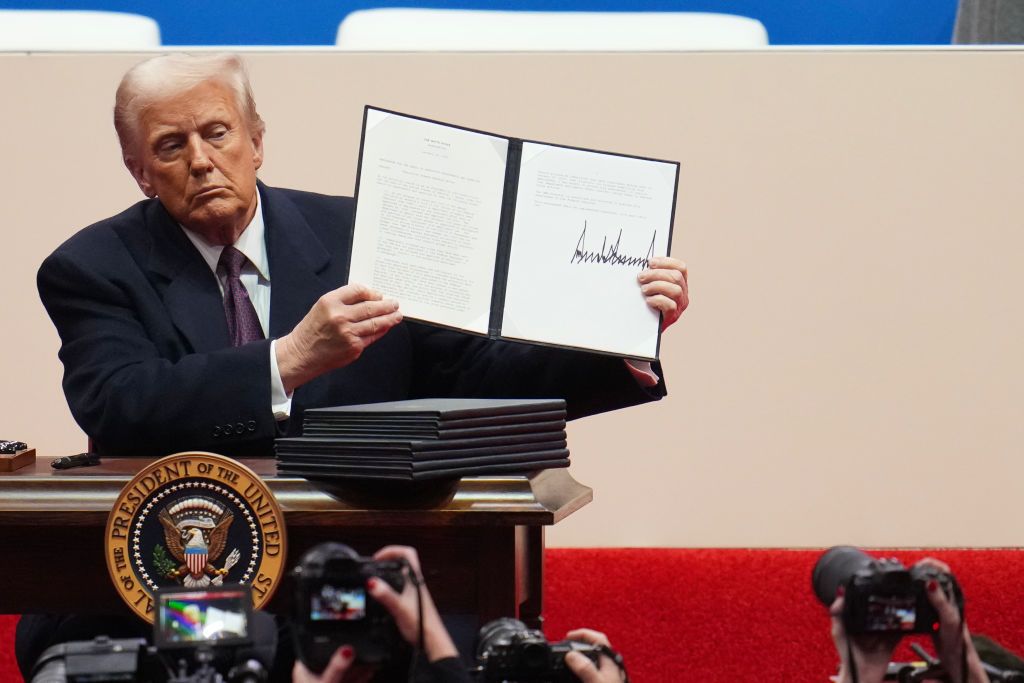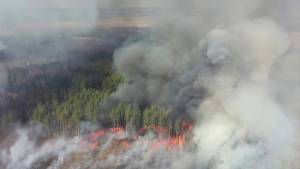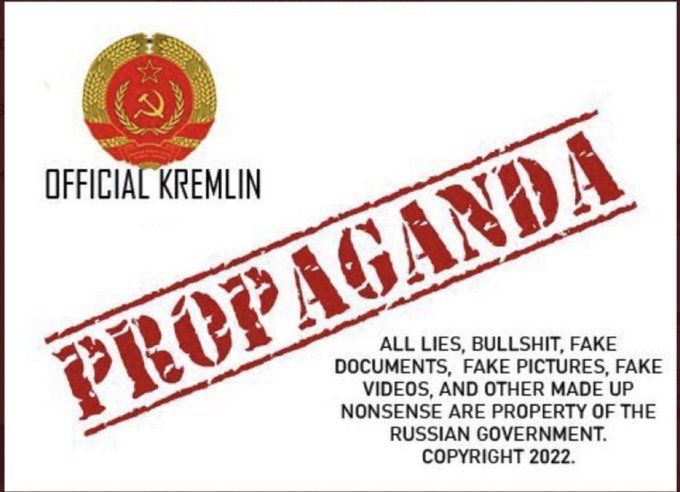Greenhouse gases in wartime
Tracking greenhouse gases during peacetime is challenging. It is even more challenging during wartime. One study from 2024 looked at this difficult topic1. The authors stated that systems to measure greenhouse gas emissions are designed to measure peaceful activities of people. Measuring greenhouse gas emissions during wartime is especially difficult because consumption of fossil fuels is considered confidential military information. So how can one approach this difficult topic? A study from 2020 estimated the total greenhouse gas emissions in a stable world at peacetime at 6% of the total emissions2. But where are we now?
First of all, a reduction in emissions due to traditional human activities was noted. This includes public electricity and heating but also sectors like iron and steel production1. These changes are attributable to millions of people that had to leave the country, companies that had to suspend operations but also the destruction of energy infrastructure facilities. The targeting of energy infrastructure is considered a war crime by many. It is also important to note that significant parts of the industrial emissions are not actually reduced but only transferred to other countries3. On the other hand the study from 2024 tried to calculate for unaccounted emissions caused by the war directly. These include:
- Bombs, missiles, barrel artillery, mines,...
- Petroleum products for military actions
- Fires of petroleum storage depots
- Fires of buildings and infrastructure objects
- Forest fires of agricultural field
- Emissions from garbage and waste
Together, these emissions are estimated to reach 77MtCO2-eq1, which is greater than annual emissions of Hungary or Portugal. One has also to take into consideration that future emissions in a war-torn country will increase because of efforts to rebuild the country and it’s industry. Putting a number to these future emissions is nearly impossible and is of course also dependent on the extent of destruction that has happened to the point where rebuilding can begin.
1. Bun R, Marland G, Oda T, et al. Tracking unaccounted greenhouse gas emissions due to the war in Ukraine since 2022. Sci Total Environ 2024;914:169879.
2. Parkinson S, Cottrell, L. Under the Radar: The Carbon footprint of Europe's Military Sectors. 2021.
3. de Klerk L, Shmurak, A., Gassan-Zade, O., Shlapak, M., Tomliak, K., Korthuis, A. Climate damage caused by Russia’s war in Ukraine. 2022.


















